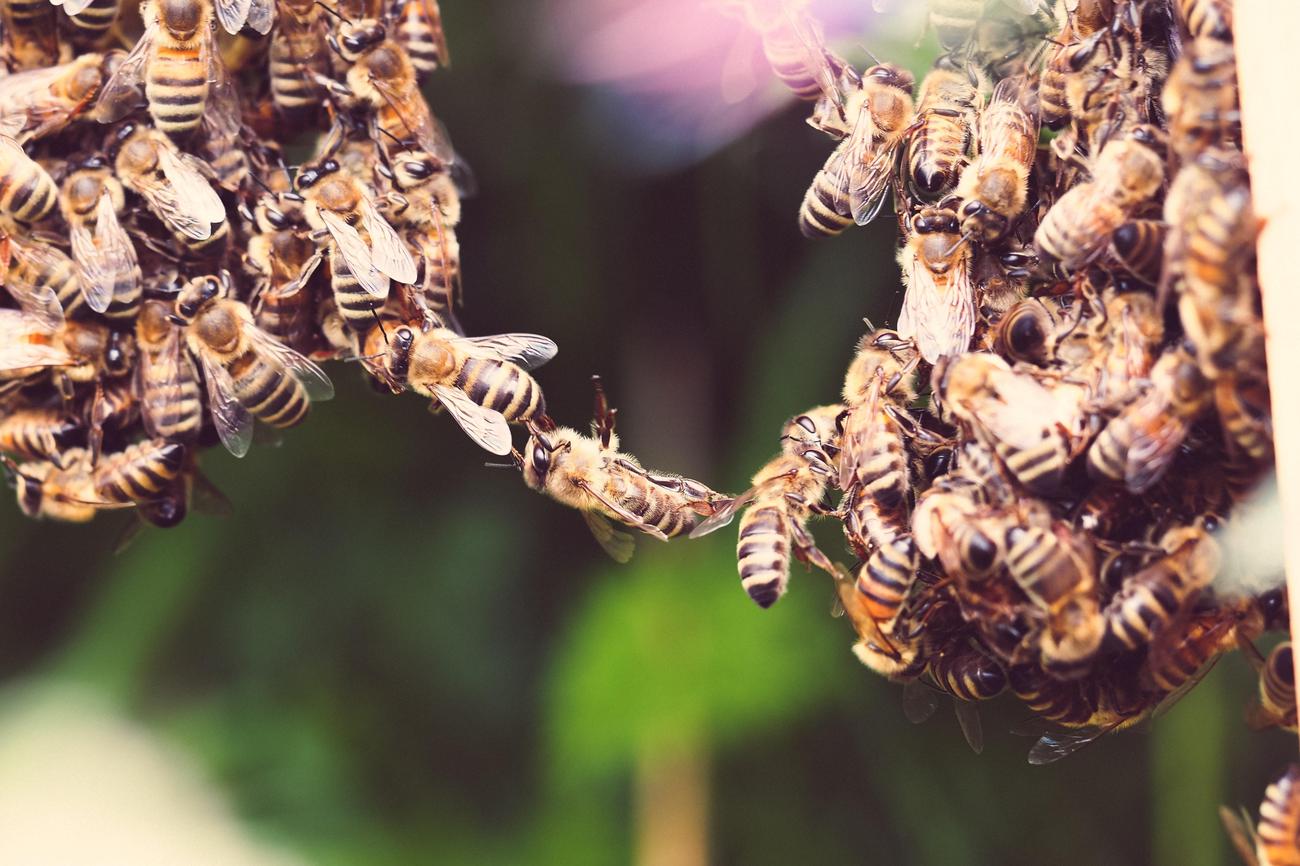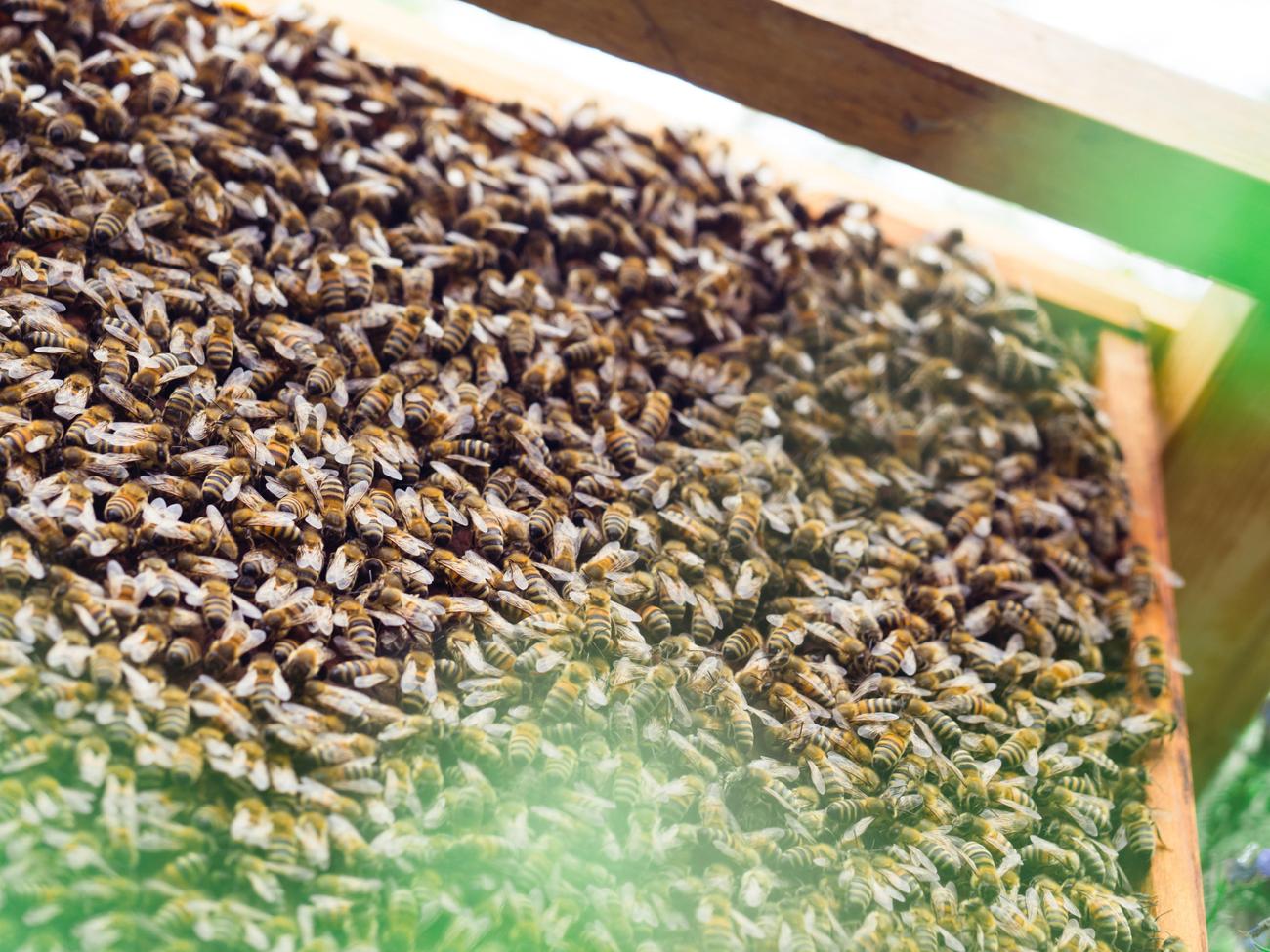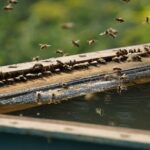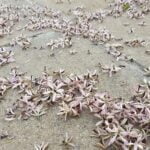Are you ready to delve into the captivating world of termite colonies? Brace yourself for a fascinating journey as we embark on the quest to unravel the secrets of their population dynamics. As an experienced entomologist specializing in termites and their intricate social structures, I have dedicated years of research to understanding the complex behaviors and interactions within these captivating insect colonies. In this article, we will explore the intriguing population dynamics of termite colonies, shedding light on their foraging patterns, nesting habits, and reproductive strategies. Join me as we debunk misconceptions and unlock the mysteries of these remarkable creatures. Get ready to be awe-inspired by the hidden world of termite populations.

Unraveling the Fascinating Population Dynamics of Termite Colonies
Termites, those tiny creatures that scuttle around your home and cause havoc, are actually much more fascinating than meets the eye. As an experienced entomologist specializing in termites and their colonies, I have spent years studying the population dynamics of these intriguing insects. And let me tell you, there’s so much more to termite colonies than most people realize.
When it comes to termite colonies, population dynamics play a crucial role in their overall structure and behavior. These colonies are built on a hierarchy or caste structure, consisting of three main groups: reproductives, workers, and soldiers. The workers, which you may frequently observe, tirelessly work to ensure the colony’s survival. From foraging for food to constructing and maintaining the nest, these termites are the backbone of the colony.
On the other hand, soldiers boast a larger and more distinctive appearance. Their purpose is to protect the colony from any potential threats or intruders. With their intimidating jaws and defensive abilities, soldiers play a vital role in maintaining the security of the termite community.
And then we have the reproductives, the termites responsible for procreation. Within this group, the king and queen hold positions of power, overseeing the entire colony’s reproductive efforts. Their winged offspring, known as alates, venture out in swarms to establish new colonies. These winged alates are the future of the termite population, and it is through their successful establishment of new colonies that termite populations thrive and expand.
But how large can a termite colony actually be? Well, that’s a question that has fascinated researchers like myself for years. Depending on the species and environmental conditions, termite colonies can range in size from a few thousand to several million individuals. Laboratory studies have estimated termite colony populations ranging from 220,000 to 1,000,000 individuals. Just imagine the vast number of termites going about their lives, tirelessly working and maintaining their complex society!
Understanding the population dynamics of termite colonies is no easy feat. These creatures lead cryptic and subterranean lifestyles, making it challenging to observe their behavior and interactions in their natural habitat. However, through meticulous field studies and controlled experiments, we entomologists have managed to uncover some of their secrets.
One way we study termite colonies is through mark-recapture protocols, a technique used to estimate relative changes in colony size. By capturing and marking a certain number of termites, releasing them back into the colony, and then recapturing a later sample, we can estimate how the population has changed over time. This method allows us to gain insights into how termite populations fluctuate and respond to environmental factors.
Moreover, we have discovered that genetic structure plays a significant role in determining the size and organization of termite colonies. Just like in human societies, differences in genetic makeup can lead to variations in individual behavior and colony structure. It’s fascinating to think about how genetics shape the intricate social structures within termite populations.
Over time, termite colonies experience periods of increase and decline in population. Factors such as resource availability, environmental conditions, and competition with other colonies can influence these dynamics. By studying the population history of termite colonies, we can gain a better understanding of the factors that shape their growth and decline.
Now that we have delved into the captivating world of termite colonies and their population dynamics, it’s clear that there’s much more to these insects than meets the eye. By unraveling their secrets and dispelling misconceptions, we can appreciate the incredibly intricate societies that these tiny creatures build.
In conclusion, termite colonies are intricate systems governed by population dynamics. From the hardworking workers to the protective soldiers and the reproductive powerhouses, every termite plays a crucial role in maintaining the colony’s survival. By studying their population dynamics, we can gain valuable insights into their resilience, foraging patterns, nesting habits, and reproductive strategies.
As I continue my journey as an entomologist, I remain amazed by the complexity and beauty of termite colonies. Each discovery brings me closer to unraveling their mysteries and sharing them with the world. Stay tuned as we delve deeper into the fascinating world of termites and their intricate population dynamics.
Termites are fascinating creatures, but have you ever wondered just how many termites are in a colony? The answer may surprise you. Termites are known for their highly organized social structure, with various castes comprising each colony. From the workers tirelessly building and maintaining their intricate nests to the soldiers defending their territory, the sheer number of termites in a colony is mind-boggling. So, if you’re curious to delve deeper into this enthralling topic, click here to find out more about how many termites are in a colony.

FAQ
Question 1
What is the hierarchy or caste structure within termite colonies?
Answer 1
Termite colonies have a hierarchical structure consisting of three main groups: reproductives, workers, and soldiers.
Question 2
What are the responsibilities of termite workers?
Answer 2
Termite workers, which are the most frequently seen termites, are responsible for tasks such as foraging, food storage, nest construction, and grooming other members of the colony.
Question 3
What role do soldier termites play in a colony?
Answer 3
Soldier termites, larger and with a distinct appearance, serve as protectors of the colony. They defend against potential threats and invaders, using their strong mandibles and often specialized defensive mechanisms.
Question 4
Who are the reproductives in a termite colony?
Answer 4
Reproductives in a termite colony are responsible for procreation. The reproductives include the king, queen, and winged alates, which are the sexually mature termites that leave the colony during swarming to establish new colonies.
Question 5
How can termite colony populations be estimated?
Answer 5
Termite colony populations can be estimated through various methods, including laboratory studies and mark-recapture protocols. Laboratory studies have indicated colony populations ranging from 220,000 to 1,000,000 individuals, while mark-recapture protocols can provide insights into relative changes in colony size over time.
- Unlock Filipino Culture: A Deep Dive into Traditions and Practices - April 23, 2025
- Unlock Spanish Culture: Insights & Opportunities Now - April 23, 2025
- White Spirit Uses & Substitutes: A Deep Dive for Pros & DIYers - April 23, 2025
















